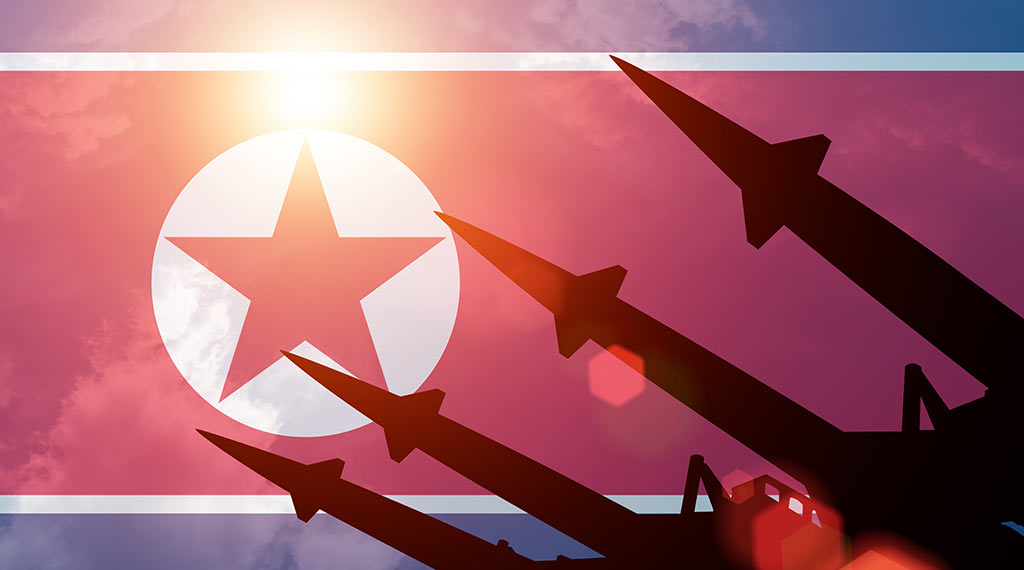Situation Report: North Korea fires ballistic missile over Japan

On October 4, North Korea fired a ballistic missile which traveled over Japan for the first time in over five years. Citizens of Japan were “woken up Tuesday by sirens and warnings to prepare to evacuate their homes,” according to CBS News’ Elizabeth Palmer.
Based on the distance the missile traveled, it can be assumed that it has enough range to reach various U.S. military bases in the area, including Guam. U.S. National Security Advisor Jake Sullivan responded to the military exercise by saying he had spoken with both Japan and South Korea about “appropriate and robust joint and international responses.” Sullivan reiterated the United States’ commitment to defend Japan and South Korea, along with limiting North Korea’s ability to produce weapons of this magnitude.
This missile test comes just days after U.S. Vice President Kamala Harris visited Korea’s Demilitarized Zone and mentioned a U.S. “alliance with the Republic of North Korea.” It can be assumed Harris meant to refer to an alliance the U.S. has with South Korea, not the North. Although she did not amend her statement, Harris went on to repeat the U.S. commitment to defending the people of South Korea, specifically against the threats posed to them by the North. Shortly after Harris left the peninsula, North Korea conducted two short-range ballistic missile tests, their third such tests that week.
Tuesday’s missile test however, launched from the northern Jagang province, differs in that the weapon used appears to have a longer range as the missile “flew approximately 2,796 miles to the east, reaching an altitude of 603 miles and a top speed of Mach 17, before landing in the Pacific Ocean.” The fact the weapon flew over Japan is also of great importance.
This test marks the fifth test in just over a week by the North, and the significance of launching the missile so close to Japan cannot be ignored. Apart from U.S. allies in the region, these tests should be cause for concern in the U.S. as it currently has no defense for such hypersonic weapons. CSP Senior Fellow Grant Newsham joined NTD earlier this year to discuss these North Korean weapons, and how the U.S. isn’t prepared to counter such an attack by them. Newsham questioned where the North gained this technology and alluded to their strong relationship with the Chinese Communist Party as a possible answer.
The Biden administration has taken a significantly different approach to relations with North Korea than President Trump did, stating they want to return to “traditional” diplomacy with the nation. It remains to be seen where this “traditional” approach will land the U.S., and more importantly its allies in the East Asian region.
- STG holds the government accountable to secure the grid - October 19, 2023
- Secure the Grid Coalition, along with former Speaker Gingrich, urge federal government to enhance grid security - September 22, 2023
- Situation Report: Chinese malware targeting military and civilian critical infrastructures - August 3, 2023
